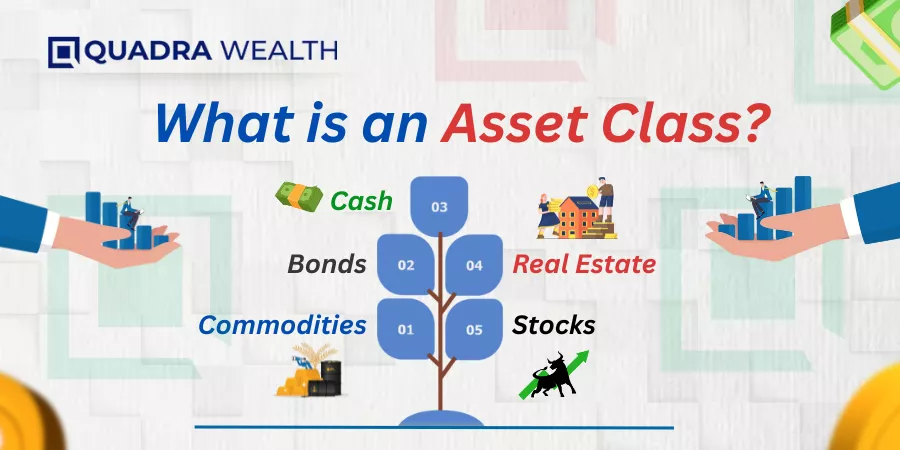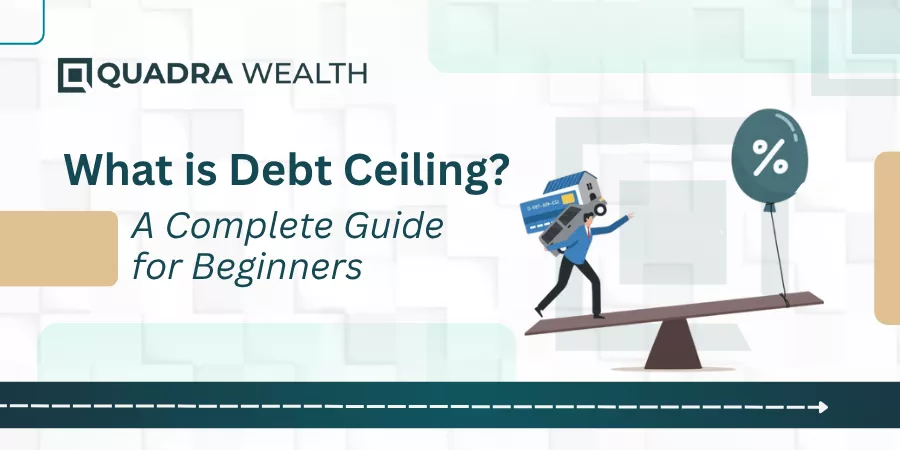An investment portfolio is a set of assets like bonds, cash, real estate, stocks, ETFs, and more. Investors typically aim to generate returns by allocating these assets based on their financial goals and risk tolerance.
There are various types of investment portfolios, some integrated into 401(k)s, IRAs, and annuities, while others are managed independently through financial advisors or brokerages.
Do you want more hands-on help to learn about “What are investment portfolios?” Think about working with a financial advisor who can guide you to create an efficient financial plan related to your investment goals.
What are Investment Portfolios?
An investment portfolio is a collection of investments held by an institution or individual. Portfolios can involve a range of different assets like stocks, real estate, cash, and bonds, in addition to past performance. The purpose of diversified portfolio is to produce returns over time, while also handling risk.
Even more concerning is that two-thirds of non-retirees state that they are not able to save money for retirement. These statistics aren’t just numbers; they symbolize millions of individuals battling with the stress and hard choices that arise from an unstable financial future.
Examples of Investment Portfolios
There are many different types of investment portfolios according to wealth management strategies. They typically include:
Income Portfolio
An income portfolio prioritizes more on generating a regular income from investments rather than directing efforts to potential capital gains. An example is purchasing stocks depending on the stock’s returns rather than on a history of share price appreciation.
Growth Portfolio
As the name indicates, the goal of a growth portfolio is to foster growth by taking greater risks, such as allocating funds to growing industries. Portfolios centered on growth investments generally deliver higher potential rewards and higher potential risks at the same time. Growth portfolio includes newer companies with high growth potential rather than established companies.
Value Portfolio
For value portfolios, investors may benefit from buying low-cost assets by valuation. They are particularly useful during financial downturns when many organizations and businesses strive to survive and avoid collapse.
Investors, then, look for companies with profit potential but are currently low-priced, expecting their fair market in the future. In short, value investing emphasizes discovering bargains in the market.
What is an Asset Class?

An asset class is a category of investments such as stocks and bonds, and short-term or cash investments. Investing in different asset classes is a strategy to diversify your portfolio, which can mitigate your risk of losses.
Here are some most common asset classes:
Stocks
Stocks are a specific asset class that when you buy, you own a small part of a company. It means you are entitled to a share of the company’s profits. Stocks are often considered a more volatile investment than bonds, but they are also capable of producing higher returns.
Bonds
When you purchase a bond, you are providing a loan to a company or government. The borrower is supposed to repay the majority amount of the loan in addition to interest over time. Bonds are usually a safer investment than stocks, but they are prone to deliver lower returns.
Cash
Cash and cash equivalents are the most liquid, lowest risk asset class, implying that these assets are easily available and are intended to remain profitable. Examples of cash and cash equivalents comprise money market funds, savings accounts, and CDs ( certificates of deposit).
Real Estate
This tangible asset can be used in a variety of ways, such as industrial, commercial, or residential. Real estate is regarded as a good investment to create income or long-term appreciation. However, it’s critical to understand that real estate is a comparatively liquid asset that’s difficult to sell immediately.
Commodities
Commodities are raw materials that are used to make other goods and services, for example, gold, oil, and wheat. They can be considered a volatile asset class, but they can also generate diversification benefits.
How to Build a Diversified Investment Portfolio?

Diversification is key in investment management in order to reach your goals. You need to match your portfolio diversification with your financial goals. Here are some fundamental steps to follow for your portfolio construction:
Define Your Financial Goals
Are you saving for a home, your child’s education, retirement only, or another financial goal? Once you identify your financial goals, you can begin to make a plan to achieve them. It is one of the easiest ways for managing an investment portfolio.
Estimate Your Risk Tolerance
How much risk can you tolerate comfortably? Some people are able to tolerate the higher risk bound to come with investing in stocks. While others prefer to invest in bonds to mitigate risk for a safer approach. It’s significant to select an asset allocation model that’s aligned with your risk tolerance level.
Determine Your Time Horizon
You need to assess how much time you can invest before allocating funds to achieve your financial goals.
If you have a short-term time horizon, a more conservative asset allocation may be more suitable. If you decide on a long-term time horizon, you can adopt a more aggressive strategy for your asset allocation.
Choose Your Asset Allocation
It’s essential to create the right balance, specifically when allocating funds for investment. It indicates how much risk you can tolerate and the pace of your progress. A well-balanced asset allocation allows your portfolio to weather market storms, while still achieving your goals. It’s about maintaining a balance that’s consistent yet satisfying.
Choose Your Investments
Once you’ve figured out your asset allocation, you need to set aside the particular investments you want to feature in your investment portfolio. There are plenty of investments available, so it’s crucial to do your research and choose alternative investments that are parallel to your risk tolerance and financial goals.
Rebalance Your Portfolio Regularly
Over time, the effectiveness of different asset classes can vary. It may lead to a shift in your asset allocation. To sync your portfolio with your financial goals, you should rebalance it regularly.
This means trading some of the investments that have delivered outstanding results and putting more money into other asset classes. It also means adding more funds to the account in the asset class below its target allocation.
Final Thoughts
When you are creating your investment portfolio, you should be careful about your asset allocation. Ensure, it aligns with your risk tolerance. It shows your ability to cope with the ups and downs of the market. Some asset classes, such as stocks tend to be more volatile.
It is essential to regularly review and rebalance your portfolio to make sure its alignment with your financial goals. Regular assessment enables your investment portfolio to endure changes in your finances and the larger economic world.
By learning what are investment portfolios and following the principles mentioned-above, you can strengthen your portfolios for long-term growth, while navigating the inherent fluctuations of financial markets.
Consider working with a financial advisor to seek investment advice and manage your portfolio. Whether you are a startup or running an established business, consulting a finance coach not only boosts your confidence, but also helps strengthen your economy and achieve your financial goals.
FAQs
Q1. What is the Importance of Investment Portfolios?
A: Building and managing a portfolio is essential to generate wealth, manage risk, and achieve financial goals, by ensuring a diversified approach to investment strategy.
Q2. How Do I Build a Portfolio?
A: To build your portfolio, you need to have an understanding of the different asset classes such as stocks, bonds, and real estate, determining your investment goals and risk tolerance. Aim for diversification to mitigate risk, select specific investments within each category and seek professional advice if needed to tailor your strategy.
Q3. What’s the Right Portfolio Investment for Retirement?
A: Investors saving for retirement are often guided to a diversified mix of cost-effective investments for their portfolios. For example, index funds have become popular in individual retirement accounts. This kind of funds are the backbone of a retirement portfolio.






